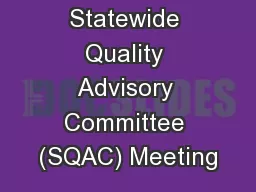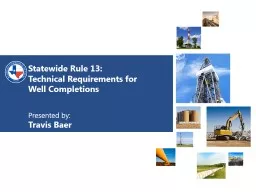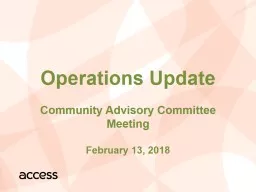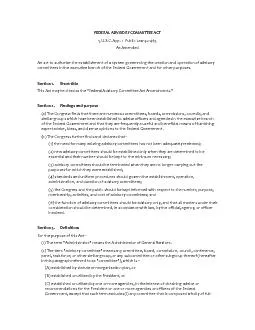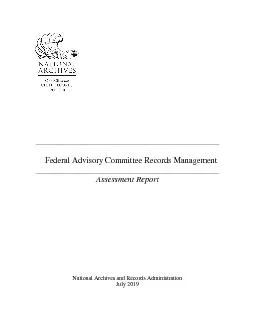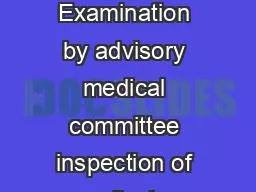PPT-Statewide Quality Advisory Committee (SQAC) Meeting
Author : briana-ranney | Published Date : 2018-11-05
September 18 2017 Agenda Welcome 300 310 June 26 meeting minutes Review nominated quality measures 310 415 Presentation on MassHealth ACO Program 415
Presentation Embed Code
Download Presentation
Download Presentation The PPT/PDF document "Statewide Quality Advisory Committee (SQ..." is the property of its rightful owner. Permission is granted to download and print the materials on this website for personal, non-commercial use only, and to display it on your personal computer provided you do not modify the materials and that you retain all copyright notices contained in the materials. By downloading content from our website, you accept the terms of this agreement.
Statewide Quality Advisory Committee (SQAC) Meeting: Transcript
Download Rules Of Document
"Statewide Quality Advisory Committee (SQAC) Meeting"The content belongs to its owner. You may download and print it for personal use, without modification, and keep all copyright notices. By downloading, you agree to these terms.
Related Documents

